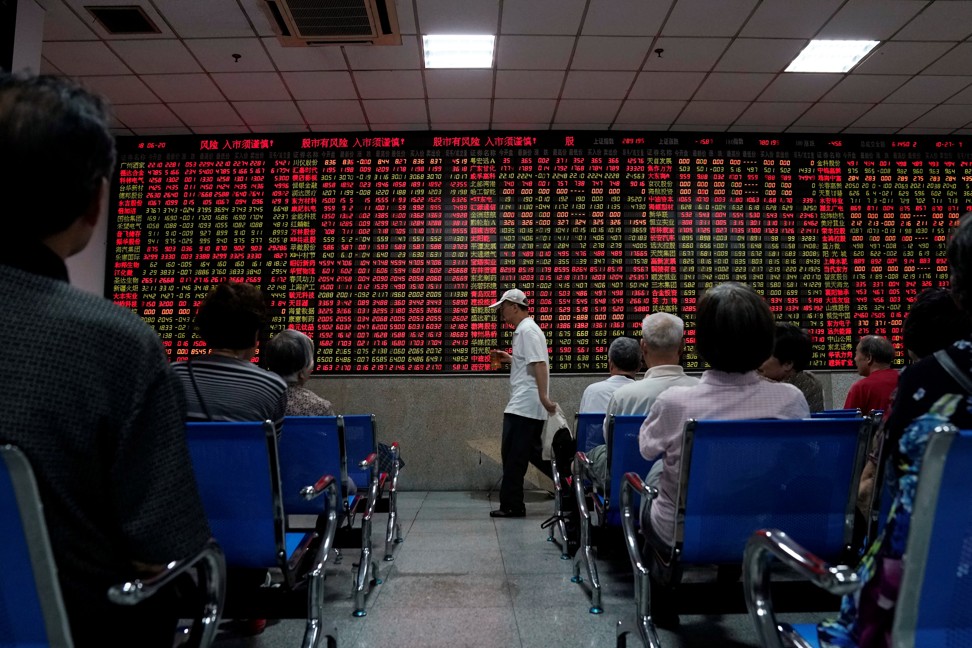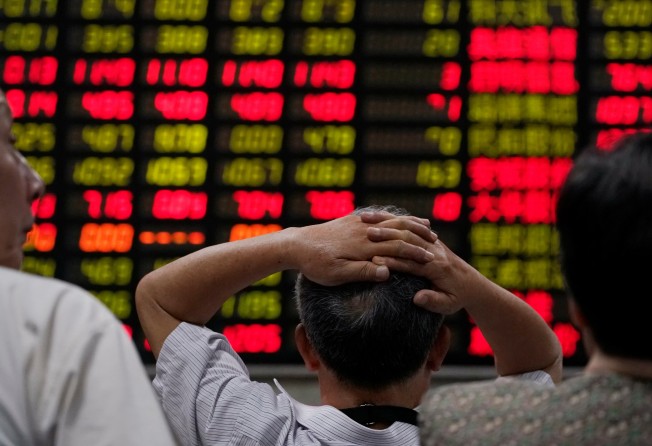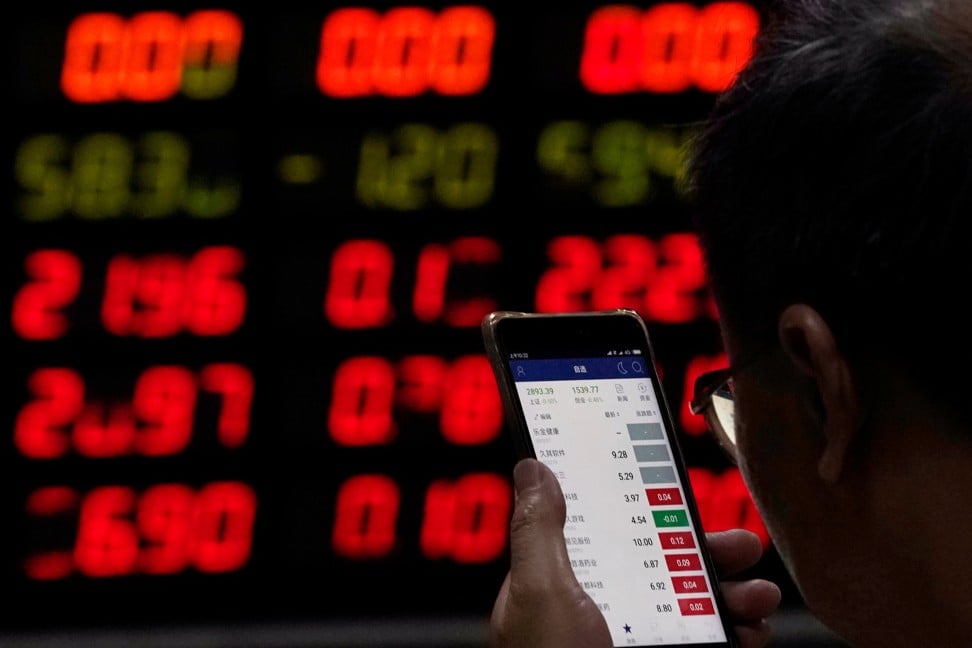
It’s time to pull back before trade war fear sparks new share rout
As the rhetoric between China and the United States hots up, the time has come to stand back and consider the devastating effects threatened actions would have

As if to signal there is still time to pull back from the brink, Asian markets unsettled by trade-war rhetoric recovered some losses yesterday. But Tuesday’s rout remains a reminder of how easily investor sentiment is spooked by tit-for-tat tariffs and other retaliatory measures as the Sino-US trade confrontation escalates.
If negative sentiment persists on the back of trade friction, it will not become any easier to turn it around. This prompted a rare appeal by People’s Bank of China governor Yi Gang for investors to remain calm, and his assurance that China is in a good position to protect its interests.

The latest round in the trade war of words between Beijing and Washington is more than just incremental. US President Donald Trump has effectively broken new ground with his latest threat to expand American tariffs on Chinese goods by an additional US$200 billion of exports. This is on top of last week’s decision by the US to go ahead with new tariffs of 25 per cent on US$50 billion of exports. The total of US$250 billion is far in excess of American exports to China on which Beijing can impose retaliatory tariffs.
As a result, given its signals that it is not going to roll over and take US punitive measures lying down, Beijing is left with little alternative but to resort to non-tariff measures.
This is doubtless what the Ministry of Commerce was referring to when it said it would take “quantitative and qualitative measures” to hit back at Trump’s act of “blackmail”, suggesting options other than extending tariffs to cover aircraft, chips and energy.

There are several options available, from monetary policy tools mentioned by Yi, to targeting US businesses with qualitative measures aimed at slowing bureaucratic procedures through licensing, regulatory checks and customs clearance. Since such actions are unquantifiable they raise the question as to how Trump would respond, and how prepared China is for an outcome that would be negative for economic growth, employment and the stock market.
Regarding the latter, it may learn from the market collapse three years ago during a time of global volatility and uncertainty exacerbated by misconduct. Police were called in to investigate “malicious short selling”, a blanket phrase that includes any market manipulation. By then it was too late. In future the authorities must enforce market discipline before breaches damage confidence.
Hong Kong officials predict “worrying” knock-on effects of expanded US tariffs on China’s exports that pass through Hong Kong, a reminder that there are no winners from trade wars.
It is therefore worth ending as we began – there is still time to walk away from the precipice and calm the markets before tension triggers another rout.